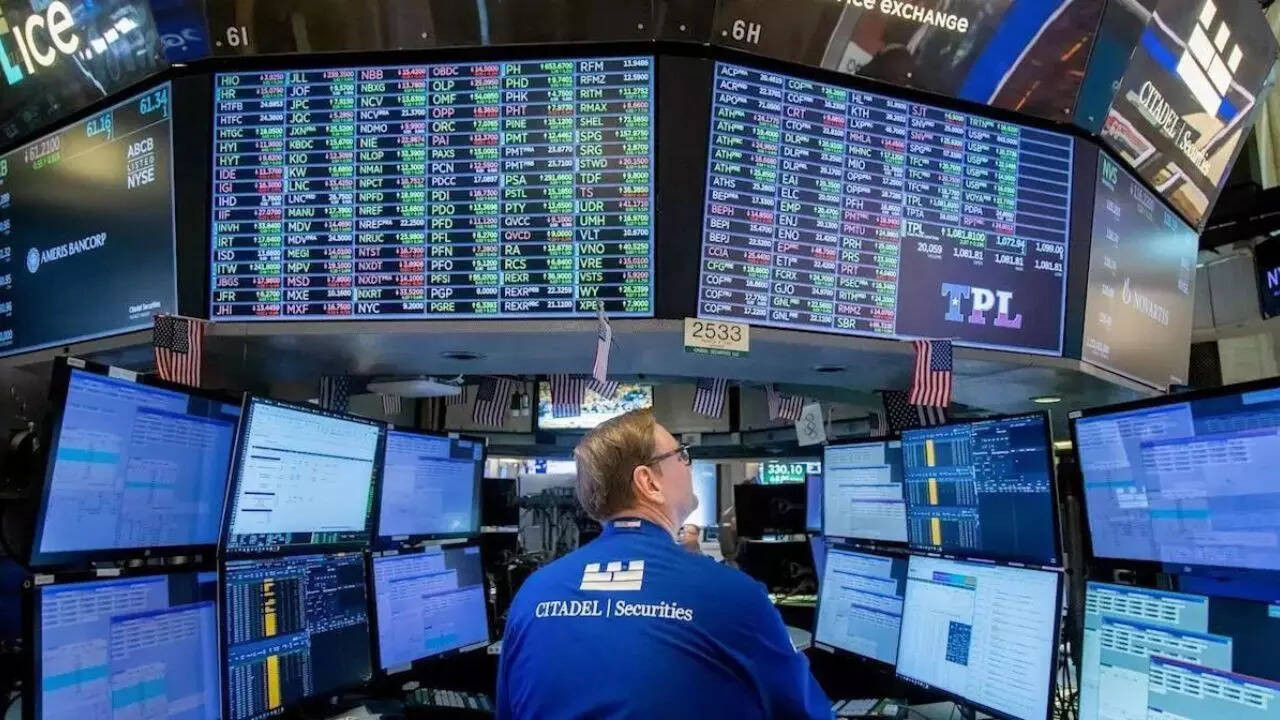Storm Clouds Gather Over Solar Panel Imports: A Tariff Tussle Brews
The US solar industry is facing a potential shake-up. A coalition of domestic solar panel manufacturers has formally requested the US government to impose tariffs on solar panel imports from India, Indonesia, Laos, and Malaysia. This isn’t just a minor skirmish; it’s a move that could significantly alter the landscape of solar energy in America, impacting everything from project costs to the pace of renewable energy adoption.
The core of the issue revolves around what the manufacturers allege is “dumping” – selling solar panels in the US market at unfairly low prices. They claim that these unfairly priced imports are undercutting American businesses and stifling innovation, threatening billions of dollars in investments already made in US-based solar manufacturing. These companies are positioning the tariffs as a crucial defense mechanism, safeguarding their ability to compete and grow in a rapidly expanding market.
But why these specific Southeast Asian nations? The petition alleges that these countries are essentially acting as conduits for Chinese manufacturers seeking to circumvent existing tariffs on Chinese-made solar panels. It’s a complex dance of international trade, with accusations of strategic maneuvering to gain an unfair advantage.
The implications of this tariff request are far-reaching. If the US government sides with the domestic manufacturers, we could see a significant increase in the price of solar panels imported from these countries. This, in turn, could drive up the cost of solar energy projects across the US, potentially slowing down the transition to renewables. Utility-scale solar farms, residential rooftop installations – pretty much every sector that relies on imported panels could feel the pinch.

It’s important to remember that the solar industry in the US relies heavily on imported components, particularly solar panels. This has allowed for rapid growth and increased accessibility of solar energy for homeowners and businesses alike. Disrupting this supply chain with tariffs could have unintended consequences, potentially hindering the progress made in recent years. Some worry that tariffs would stifle innovation and hinder competition in the US market.
Will New Tariffs on Solar Panels Hurt Consumers?
That’s the million-dollar question, isn’t it? The Solar Energy Industries Association (SEIA) and other industry groups are already voicing concerns about the potential negative impacts. They argue that tariffs could lead to job losses in the installation and development sectors of the solar industry, outweighing any potential gains in manufacturing. They paint a picture of stalled projects, reduced investment, and a slower pace of renewable energy adoption – a stark contrast to the vision of a clean energy future that many are striving for.
The arguments against the tariffs also highlight the delicate balance between protecting domestic industries and fostering a competitive global market. While supporting American manufacturers is a worthwhile goal, the potential drawbacks of increased costs and reduced solar adoption are significant considerations. There are also concerns about retaliatory tariffs from other countries, which could further disrupt the global solar market.
The US government now faces a challenging decision. It must weigh the interests of domestic manufacturers against the broader goals of promoting clean energy and maintaining a competitive market. This process will involve a thorough investigation, considering evidence from all sides and assessing the potential economic impacts. The Department of Commerce and the International Trade Commission (ITC) will play key roles in determining whether the allegations of dumping are valid and whether tariffs are warranted.
For those watching the industry closely, like those involved in solar asset management and considering solar panel maintenance contracts, this is a critical point in solar energy’s trajectory.
A Fork in the Road for US Solar
This tariff request represents a fork in the road for the US solar industry. One path leads to potential protection for domestic manufacturers, but at the risk of higher costs and slower growth. The other path maintains the current reliance on imports, potentially exposing domestic companies to unfair competition. The decision that the US government makes in the coming months will have a profound impact on the future of solar energy in America, shaping the industry’s trajectory for years to come. It’s a complex situation with no easy answers, demanding careful consideration and a balanced approach to ensure a sustainable and thriving solar energy sector. This decision also highlights the importance of exploring other avenues of renewable energy, such as wind energy, to diversify energy sources.







